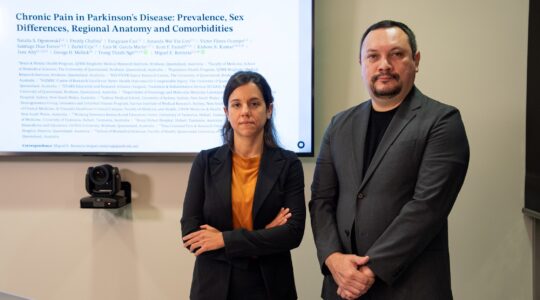A world-leading melanoma prediction calculator has been upgraded to capture multiple new risk factors and takes into account Australia’s regional differences.
Developed by Brisbane-based QIMR Berghofer seven years ago, the tool has undergone a major upgrade to now include 16 self-reported factors, such as age, skin type, hair colour and sunspot history.
QIMR Berghofer Professor David Whiteman said the free online tool, which taps into a decade of data from more than 40,000 participants in the landmark QSkin Study, was available for use by the public as well as healthcare providers.
Professor Whiteman said the predictor, developed in collaboration with the QUT VISER team, also accounted for regional differences in melanoma risk due to Australia’s diverse UV exposure levels.
“Early identification of people who are high-risk can prompt more regular skin checks and targeted follow-up, while sparing lower-risk people from unnecessary screening or procedures. This tool is our best approach yet to allow our medical teams to focus on the people and areas of greatest need.”
Professor Whiteman, the lead researcher and expert advisor to the roadmap for a national targeted screening program for skin cancer, said the new calculator allowed everyone to better understand and act on melanoma risk – whether at home, in a doctor’s office, or as part of community screening programs.
He said the urgency around better risk assessment was due to the vast and growing financial toll on Australia’s healthcare system, with QIMR Berghofer health economists estimating the direct costs of treating melanoma via the Australian health system was more than $272 million per year and growing.
“Improving how we target and treat melanoma isn’t just critical for people with melanoma; it’s also an important economic necessity. By helping to triage patients more effectively, this tool supports smarter use of healthcare dollars and could go some way to easing the burden on our healthcare system.”
About the Melanoma Risk Calculator:
- Free and available at www.qimrb.edu.au/melanoma.
- Asks the 16 most scientifically relevant questions for melanoma risk.
- Factors in geographic locations as well as hereditary risk.
- Backed by 10 years of data from 40,000 participants in the QSkin study.
Read a paper on the upgraded tool: A Risk Prediction Tool for Invasive Melanoma.








